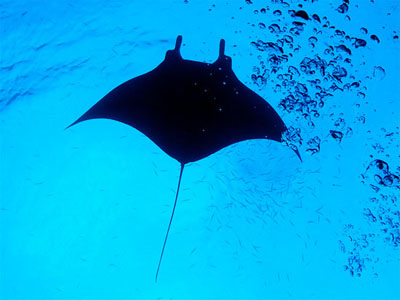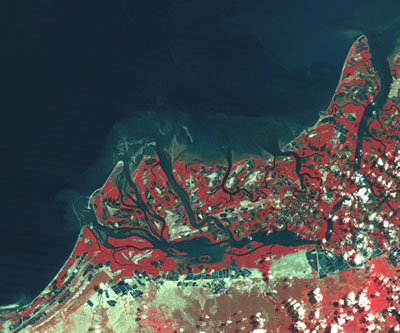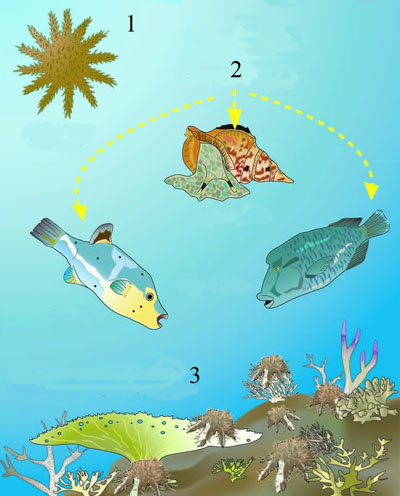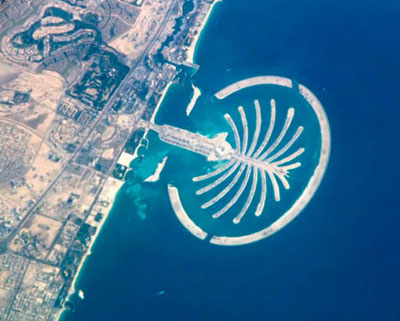2. Ecosystems (1/6)
Biodiversity
Biodiversity, which is short for biological diversity, is the term used to describe the whole variety of life on Earth. It doesn't just mean rare species, like giant pandas, but encompasses the diversity of all living things, from human beings to micro-organisms.

Threats to Biodiversity
Humans have a large impact on al life on Earth, unfortunately not always for the better. In many places on Earth biodiversity is threatened by human activities. The main threats are caused by:
- Habitat loss
- Coastal pollution
- Invasive alien species
- Over exploitation
- Human population
Habitat loss and fragmentation is considered by conservation biologists to be the primary cause of biodiversity loss. Clearance of native vegetation for agriculture, housing, timber and industry, as well as draining wetlands and flooding valleys to form reservoirs, destroy these habitats and all the organisms in them. In addition, this destruction can cause remaining habitats to become fragmented and so too small for some organisms to persist. Sometimes fragments may be too far apart for organisms to move between.

Source: NASA
Invasive alien species are the second greatest threat to biodiversity worldwide. Whether introduced on purpose or accidentally, non-native species can cause severe problems in the ecosystems they invade, from affecting individuals to causing huge changes in ecosystem functioning and the extinction of many species. Virtually all ecosystems worldwide have suffered invasion by the main taxonomic groups. This problem will probably get worse during the next century driven by climate change, and an increase in global trade and tourism. As well as the risks to human health, alien species inflict massive economic costs to agriculture,forestry, fisheries and other human activities.
You can learn more about invasive species in the tutorial Marine pollution
Pollution is currently poisoning all forms of life, both on land and in the water, and contributing to climate change (see below). Any chemical in the wrong place or at the wrong concentration can be considered a pollutant. Transport, industry, construction, extraction, power generation, agriculture and forestry all contribute pollutants to the air, land and water. These chemicals can directly affect biodiversity or lead to chemical imbalances in the environment that ultimately kill individuals, species and habitats. You can learn more about pollution in the module Marine pollution
Over exploitation by humans causes massive destruction to natural ecosystems. Exploitation of biodiversity occurs for food, e.g. fish), construction (e.g. trees), industrial products (e.g. animal blubber, skins), the pet trade (e.g. reptiles, fish, orchids), fashion (e.g. fur, ivory) and traditional medicines (e.g. rhino horn). Selective removal of an individual species can unbalance ecosystems and all other organisms within them. In addition, the physical removal of one species often harms other (e.g. fishing by-catches).

Source: VU-IVM
Human populations are growing at an exponential rate, resulting in the problems above. There are more than six billion people in the world, and although natural disasters, disease and famines cause massive human mortality, we are getting better at surviving and the population just keeps growing. Human population numbers tripled in the twentieth century and although growth is slowing, one estimate predicts it will take until the twenty-third century for them to level out at around 11 billion.

